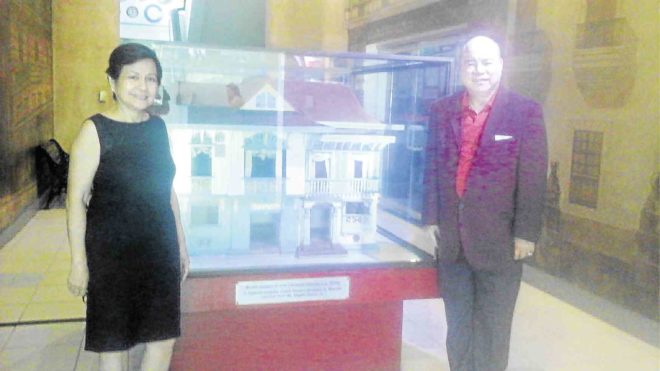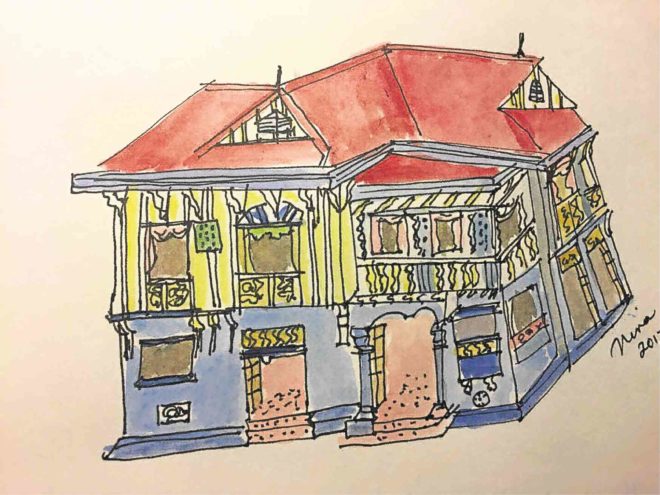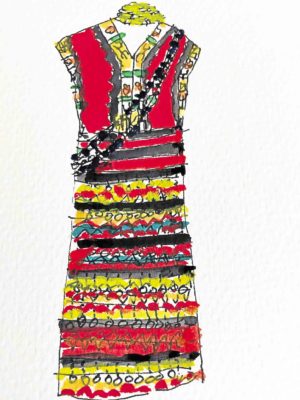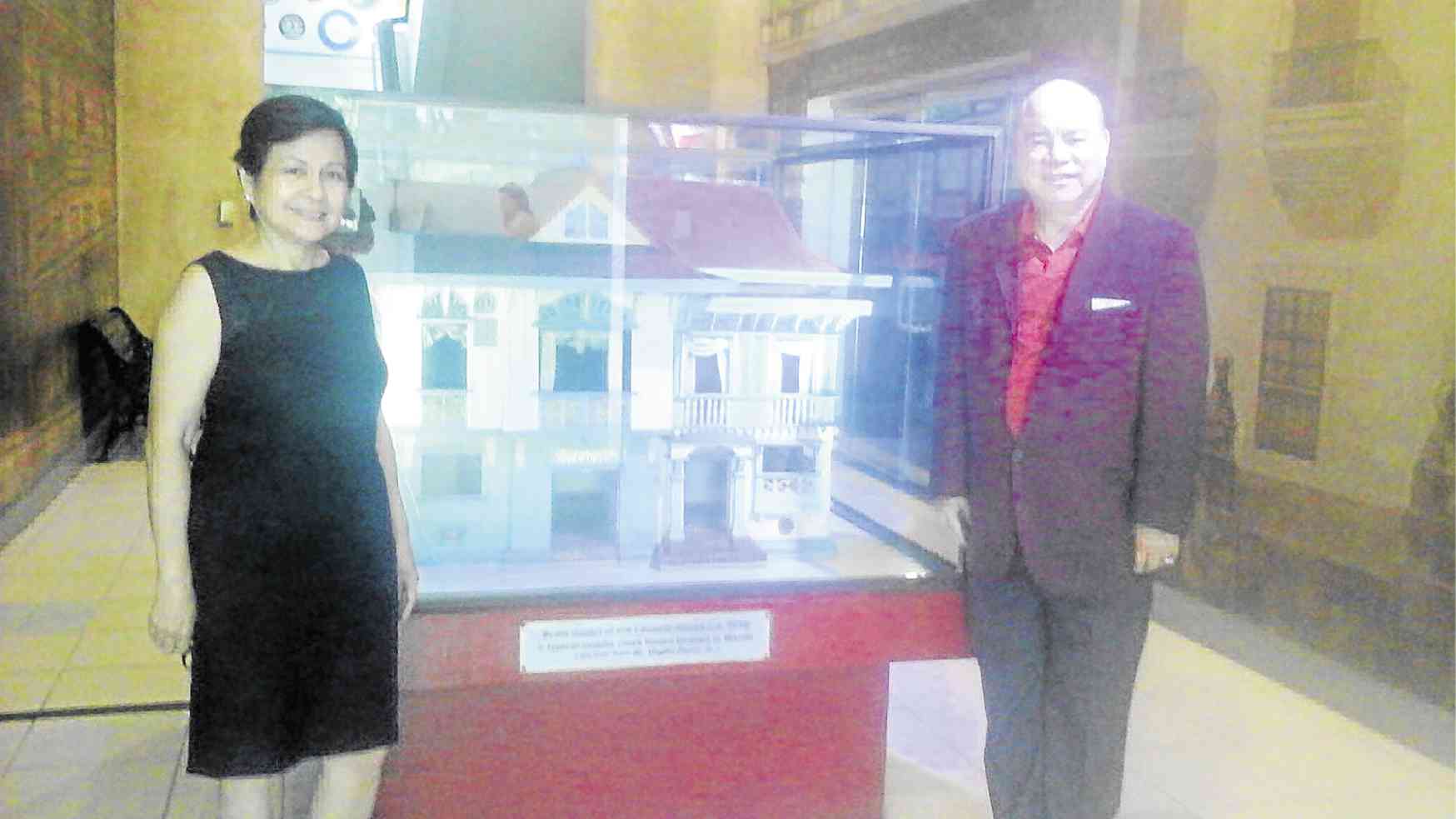
How does one teach children about heritage? Dr. Nina Lim-Yuson, president of Museo Pambata, has the answer, literally at her fingertips.
Already on its 23rd year, Museo Pambata has become an excellent alternative fun place for kids as well as a unique resource institute for teachers, researchers and parents.
Its stellar achievement has been recognized in the world. In 2012, the Hands On! International Association of Children’s Museums and the European Museum Academy gave Museo Pambata the Children’s Museum Award Special Commendation in Bologna, Italy.
These are among the reasons I chose it to loan the model of a historic house owned by Pampango writer Roman Leoncio, formerly located near University of Santo Tomas on Pi y Margall Street. I purchased the model in 1993.
The 1930s house in a charming Filipino Art Deco style was torn down to make way for another generic modern building. I was fortunate enough to be the beneficiary not only of the house model (which Leoncio himself had allegedly made) but also the manuscript-cum-illustrations of an original poem-novel by Huseng Batute (lyricist of the song “Bayan Ko!”) entitled “Gloria,” translated into Kapampangan by Leoncio.

The house model continues to delight children and their parents, and now stands on the museum’s foyer. It is fitting that it is in the former Elks’ Club, which itself has been threatened several times with demolition. One hopes that the latter will not suffer the same fate as the Leoncio house.
Historic icons
The Elks’ Club is, after all, one of Manila’s historic landmarks. Designed by American architect William E. Parsons, it was inaugurated in 1911 as the headquarters of American businessmen. It was devastated in World War II.
After being rebuilt, it housed the Museum of Philippine Art in the 1970s and the office of the Manila Overseas Press Club in the ’80s.
It then fell into desuetude until it was reborn as the Museo Pambata. On Nov. 5, 2002, the National Historical Institute declared it a National Historical Landmark. This, however, does not spare it from future threats.
Perhaps the children who have been visiting the museum for the past near-quarter century will be among those who will fight for its preservation.
Among the museum’s subjects is Manila’s built heritage. One sees pictures of Manila then and now. Tykes can enter a miniature version of a bahay-na-bato and imagine how their grandparents might have lived and worked surrounded by period furniture.
In a large adjoining hall conserving an original machuca tile floor is an interactive space with an imaginary tour of Manila, including City Hall, Malacañang Palace, Chinatown and Museo Pambata itself.
Along the way, kids can learn about Manila’s prewar tranvia system, as well as the galleon trade with Mexico and Spain, which sustained our economy for 200 years. Outside the building is an Igorot house, beside which the Museo Pambata Mobile Library Bus is parked.
This reminds us that in 2000, Museo Pambata received the Pearl Anniversary Award from the Reading Association of the Philippines for “having redefined the concept of a museum and for advocating literacy and childrens’ rights.”
Lim-Yuson herself grew up in two large clans with a rich heritage. On her mother Dr. Estefania “Fanny” Aldaba-Lim’s side, she is descended from the Malolos women, who, when blocked by curates, petitioned the Governor-General to allow them to learn Spanish, earning Rizal’s plaudits.
On her father Luis Hidalgo-Lim’s side, she is a descendant of war hero Gen. Vicente Lim and advocate of women’s rights, Pilar Hidalgo-Lim.
Describing herself as a late bloomer, former Bayanihan dance troupe member and Girl Scout guide (and now one of its leaders), Lim-Yuson discovered sketching that blossomed only when she was in her 50s. She focused on buildings that caught her eye on her travels in the Philippines and the world.
“Many of these family heritage homes,” she notes, “can still be seen in Bataan or Ilocos or even in the crowded environs of Manila.”
Costumes

To help mark the Bayanihan’s 60th anniversary, she recently sketched the costumes she and her fellow dancers donned in their world tours, featured in a traveling exhibit “Kasuutan.”
Amazingly, she needs only a few minutes with pen and ink to sketch still lifes, which she later fills out with delicate watercolors.
“These sketches happen when I suddenly find the time to put down on paper what appeals to me. Even if the water-coloring is not completed until a month or two later, it is still a task I find both relaxing and rewarding…”
These sketches have now been reproduced in four handy travel sketch journals that have run out of print due to their popularity. She has also exhibited her works at Museo Pambata to raise funds. A select group of collectors own her originals.
Asked if anyone in her family is the source of this talent, she remembers that in her childhood, her father used to bring her art materials and encouraged her to draw and color. Of course, her hands-on mother also nurtured this.
That this talent surfaced only much later shows that, as they try to teach at the Museo Pambata, there is never an end to learning and doing.
Brava, Nina!
E-mail info@museopambata. org; visit [email protected]













































